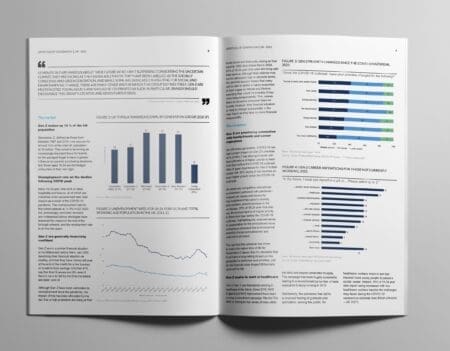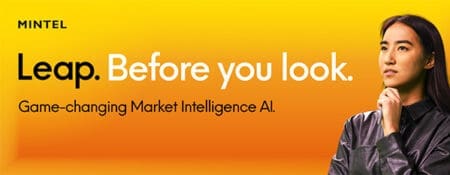Mintel consumer research shows that 74% of US consumers wear glasses and/or contact lenses, and the need for vision correction increases with age. However, only 55% of people have vision insurance, and the gap between those who do not have insurance but need glasses becomes more pronounced among older consumers. Additionally, expense is a barrier when it comes to eye care – 45% of eye glass users say they would replace their specs more often if they were not so expensive.
Opternative, a new service launching in 2014, hopes to make things a little less fuzzy for those with eye care needs. Opternative allows consumers to get online eye exams at a fraction of the price of traditional eye exams and is the first medical-grade, digital program that provides refractive eye exams. Users calibrate an eye test to their personal computer screen, and then step back and go through a traditional eye exam, choosing which images on the screen “ one or two” are clearer. A professional ophthalmologist reviews the results and then writes a prescription for glasses or contacts, if necessary.
Opternative has the potential to be a game-changer in the eye care industry. Online exams are a fraction of the cost of traditional eye exams, so these can be appealing to those without vision insurance, or who have a lower household income. Opternative is also much more time efficient than going to a traditional ophthalmologist, as the test takes 5-10 minutes, and then users can get a prescription emailed to them within 24 hours. Given that consumers are increasingly seeking products and services that provide instant gratification and results, Opternative certainly has a great opportunity to take advantage of.
Since the Opternative eye exam can be taken anywhere, it allows for more people to get eye exams, even in remote areas where proper eye care may be difficult due to a lack of providers. Online eye exams are especially useful for older consumers who may not be as mobile or able to leave the house. According to Mintel’s Eyeglasses and Contact Lenses – US 2013 report, using corrective vision products is nearly universal among consumers aged 55+.
Opternative paves the way for other exams to be done virtually. For example, a dentist could conduct an oral exam via Skype. Alternatively, consumers can take their own vitals and video chat with their general practitioner to get a diagnosis. Mintel’s Pharmaceuticals: The Consumer – US 2014 report shows that four in ten people have not used but would be interested in trying a way to get a virtual diagnosis from a doctor.
While Opternative has the potential to revolutionize how eye exams are conducted, changing the eye care industry and perhaps other medical industries, the question remains: are the results as accurate as being in an actual doctor’s office? This looks like a case of wait and see.
For more on Mintel’s Eyeglasses and Contact Lenses – US 2013 report, click here.
Emily Krol specializes in health and wellness trends, consumer research, and marketing strategy for Mintel. She joined the Mintel Reports team in 2012 with a breadth of knowledge in the health and wellness arena, as well as related household, consumer packaged goods, and beauty sectors.







































